| Author | Message |
painting and sculpture from 12th to mid-19th centuries. This is one of my favourite sites;
http://www.wga.hu/frames-e.html The Web Gallery of Art is a virtual museum and searchable database of European painting and sculpture from 12th to mid-19th centuries. It was started in 1996 as a topical site of the Renaissance art, originated in the Italian city-states of the 14th century and spread to other countries in the 15th and 16th centuries. Intending to present Renaissance art as comprehensively as possible, the scope of the collection was later extended to show its Medieval roots as well as its evolution to Baroque and Rococo via Mannerism. More recently the periods of Neoclassicism and Romanticism were also included. The collection has some of the characteristics of a virtual museum. The experience of the visitors is enhanced by guided tours helping to understand the artistic and historical relationship between different works and artists, by period music of choice in the background and a free postcard service. At the same time the collection serves the visitors' need for a site where various information on art, artists and history can be found together with corresponding pictorial illustrations. Although not a conventional one, the collection is a searchable database supplemented by a glossary containing articles on art terms, relevant historical events, personages, cities, museums and churches. Do some browsing and post the most beautiful image you find or look for your favourite work. [Edited 9/2/07 0:48am] | |
- E-mail - orgNote -  Report post to moderator Report post to moderator |
i use this site for all my research papers in art history [...i think i can, i think i can, i think i can...] | |
- E-mail - orgNote -  Report post to moderator Report post to moderator |
i have a thing for Caravaggio
Judith Beheading Holofernes c. 1598 O.O.C. [...i think i can, i think i can, i think i can...] | |
- E-mail - orgNote -  Report post to moderator Report post to moderator |
sammij said: i have a thing for Caravaggio
Judith Beheading Holofernes c. 1598 O.O.C. Rather grim, that one. | |
- E-mail - orgNote -  Report post to moderator Report post to moderator |
Caravaggio

The gospel according to St Luke (24:13-32) tells of the meeting of two disciples with the resurrected Christ. It is only during the meal that his companions recognize him in the way he blesses and breaks the bread. But with that, the vision of Christ vanishes. In the gospel according to St Mark (16:12) he is said to have appeared to them "in an other form" which is why Caravaggio did not paint him with a beard at the age of his crucifixion, but as a youth. The host seems interested but somewhat confused at the surprise and emotion shown by the disciples. The light falling sharply from the top left to illuminate the scene has all the suddenness of the moment of recognition. It captures the climax of the story, the moment at which seeing becomes recognizing. In other words, the lighting in the painting is not merely illumination, but also an allegory. It models the objects, makes them visible to the eye and is at the same time a spiritual portrayal of the revelation, the vision, that will be gone in an instant. Caravaggio has offset the transience of this fleeting moment in the tranquillity of his still life on the table. On the surfaces of the glasses, crockery, bread and fruit, poultry and vine leaves, he unfurls all the sensual magic of textural portrayal in a manner hitherto unprecedented in Italian painting. The realism with which Caravaggio treated even religious subjects - apostles who look like labourers, the plump and slightly feminine figure of Christ - met with the vehement disapproval of the clergy. | |
- E-mail - orgNote -  Report post to moderator Report post to moderator |
Nirvana! | |
- E-mail - orgNote -  Report post to moderator Report post to moderator |
Muse2NOPharaoh said: Nirvana!
A whole bunch of Van Rijn's! | |
- E-mail - orgNote -  Report post to moderator Report post to moderator |
sammij said: i use this site for all my research papers in art history
me too! herman, i have a major crush on you now btw. jacques-louis david 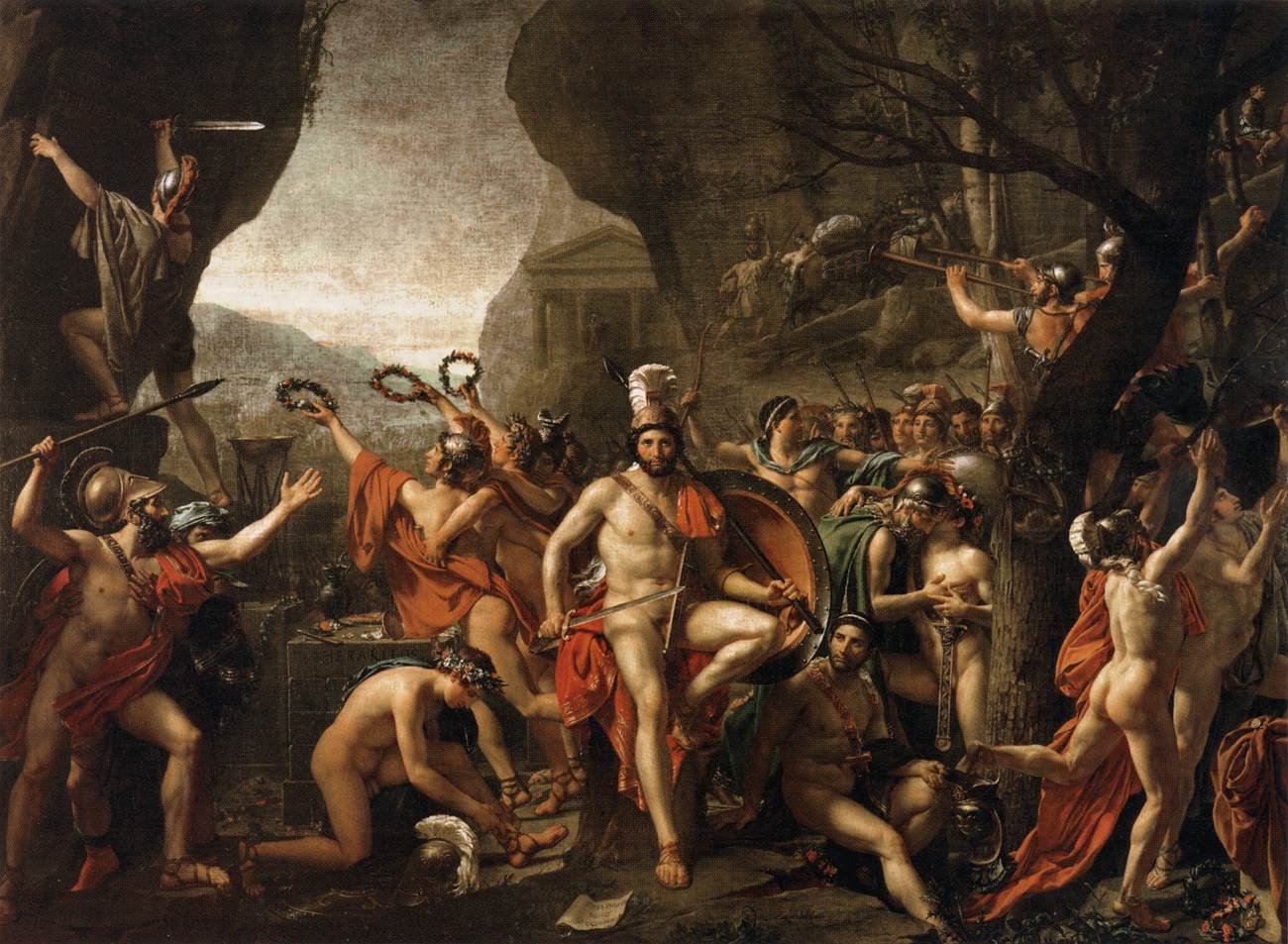
David had begun the Leonidas at Thermopylae in 1798 as a companion piece to The Intervention of the Sabine Women. However, it was completed much later, in 1814. The subject concerns Leonidas, King of Sparta, who in 480 BC held the pass at Thermopylae against the invading Persian army of Xerxes. Vastly outnumbered, Leonidas and his 300 handpicked volunteers were killed, but only after their heroic defence had ensured the safe retreat of the Greek fleet. In the final painting, as the sentinel trumpeters sound the call to arms, on the right two soldiers rush to gather their weapons that are hanging from the branches of an oak tree. Leonidas sits on a rock facing out at the viewer, contemplating his and his soldiers' fate. Seated at his right is Agis, his wife's brother, who looks to his commander for orders. To emphasize the fervent patriotism of the Spartans, David once again includes an oath, and behind Leonidas three young soldiers lift up wreaths above two altars dedicated to Hercules and Aphrodite. On either side of Leonidas are two very young warriors, hardly more than boys, one of whom ties his sandal, while the other bids a last farewell to his aged father. Leonidas had tried to send the two young men away from the battle under the pretext of carrying a message, but they had refused to go. It is perhaps this undelivered scroll that is partially visible at Leonidas' feet; it reads in Greek, 'Leonidas, son of Anaxandrides, King to the Gerousia (Spartan Council of Elders). Greetings.' The final sacrifices having been made, all these men are ready to die for the glory of Sparta and in the background the baggage train departs with the possessions they will no longer need in this world. At the top left the soldier climbs the rock to inscribe the poignant message with the pommel of his sword. | |
- E-mail - orgNote -  Report post to moderator Report post to moderator |
evenstar3 said: herman, i have a major crush on you now btw.
Why NOW? I have shown my underwear, my hockstrapped ass, I have buttered you up, but only now you crush on me? 
Jean FOuquet; The Building of a Cathedral c. 1465 Parchment, 39 x 29 cm Bibliothèque Nationale, Paris [Edited 9/2/07 1:27am] | |
- E-mail - orgNote -  Report post to moderator Report post to moderator |
HamsterHuey said: evenstar3 said: herman, i have a major crush on you now btw.
Why NOW? I have shown my underwear, my hockstrapped ass, I have buttered you up, but only now you crush on me? 
Jean FOuquet; The Building of a Cathedral c. 1465 Parchment, 39 x 29 cm Bibliothèque Nationale, Paris [Edited 9/2/07 1:27am] yes, but now i have a crush on you as something other than a gorgeous unattainable gay man. | |
- E-mail - orgNote -  Report post to moderator Report post to moderator |
When I was in Paris I fell in love with this sculpture. It was in the Louvre. It has a very tragically romantic story to it.

The Torment of Marsyas The torment of Marsyas illustrates the taste for pathos in Hellenistic art. Marsyas was a silenus, or companion of Dionysos; a celebrated pipe-player, he boasted that he was a better musician than Apollo. Beaten in a musical contest with the god, Marsyas was condemned to be flayed alive by a Scythian slave. Suspended from the trunk of a tree, he awaits his terrible punishment. The scene is based on an original Hellentistic group from the late third century BC. MyeternalgrattitudetoPhil&Val.Herman said "We want sweaty truckers at the truck stop! We want cigar puffing men that look like they wanna beat the living daylights out of us" Val"sporking is spooning with benefits" | |
- E-mail - orgNote -  Report post to moderator Report post to moderator |
MIGUELGOMEZ said: When I was in Paris I fell in love with this sculpture.
Yer SO like me, anything with a dick will do. | |
- E-mail - orgNote -  Report post to moderator Report post to moderator |
HamsterHuey said: MIGUELGOMEZ said: When I was in Paris I fell in love with this sculpture.
Yer SO like me, anything with a dick will do. Hahha!!! NO!!!! Okay...yes. It was just so beautiful and being the drama queen that I am, I automatically fell in love with it. It's just so amazing. You could see veins and ribs and everything. MyeternalgrattitudetoPhil&Val.Herman said "We want sweaty truckers at the truck stop! We want cigar puffing men that look like they wanna beat the living daylights out of us" Val"sporking is spooning with benefits" | |
- E-mail - orgNote -  Report post to moderator Report post to moderator |
evenstar3 said: yes, but now i have a crush on you as something other than a gorgeous unattainable gay man.
Don't tell anyone, but I can talk about other stuff that sex, underwear and hot men. I mean, I don't like to, but I can. One of my fave pics, that is not in there; 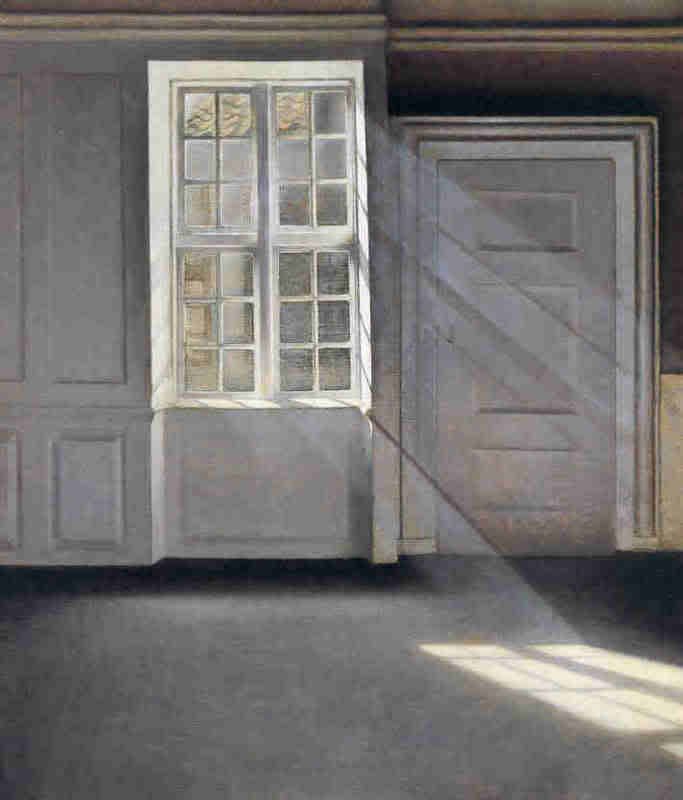 | |
- E-mail - orgNote -  Report post to moderator Report post to moderator |
- E-mail - orgNote -  Report post to moderator Report post to moderator |
Antonio Allegri da Correggio (1489-1534)
I love the bold, dynamic eroticism of his works. 
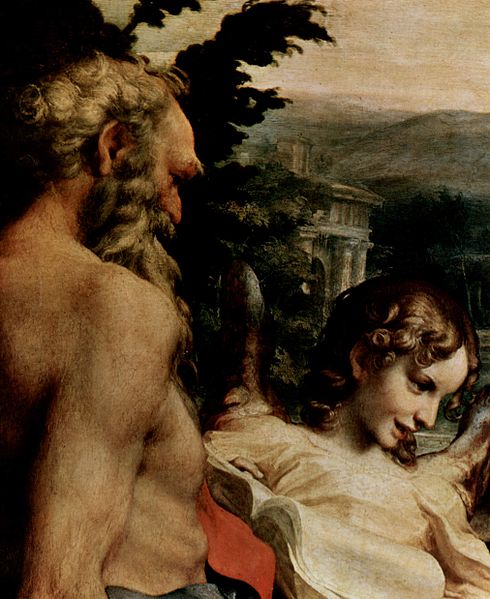
Another painting that I recently came across is "The Beginning of the Life" (late 19th century) by a relatively unknown modernist painter Otolia Kraszewska. 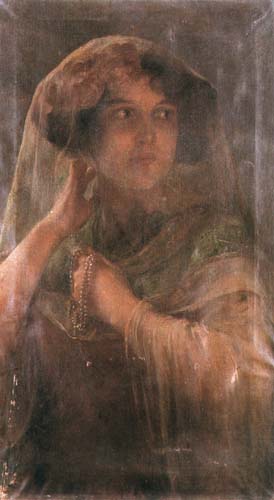 I'm not mad at you, I'm mad at the dirt. | |
- E-mail - orgNote -  Report post to moderator Report post to moderator |
Jan Matejko
Blind Wit Stwosz with His Granddaughter (1865)  I'm not mad at you, I'm mad at the dirt. | |
- E-mail - orgNote -  Report post to moderator Report post to moderator |
Wojciech Weiss
"Melancholik (Totenmesse)" (1894) 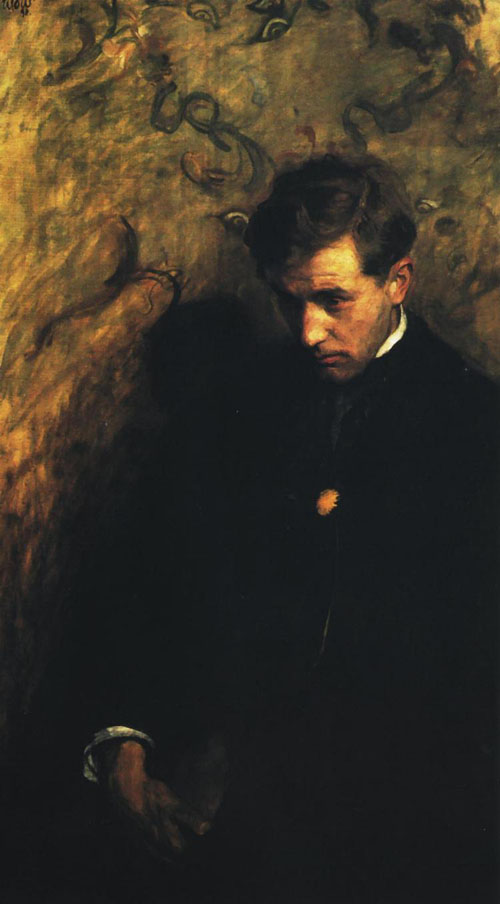 I'm not mad at you, I'm mad at the dirt. | |
- E-mail - orgNote -  Report post to moderator Report post to moderator |
This is one is pretty stellar. Late 19th century.
Jacek Malczewski "Melancholia" (1894) 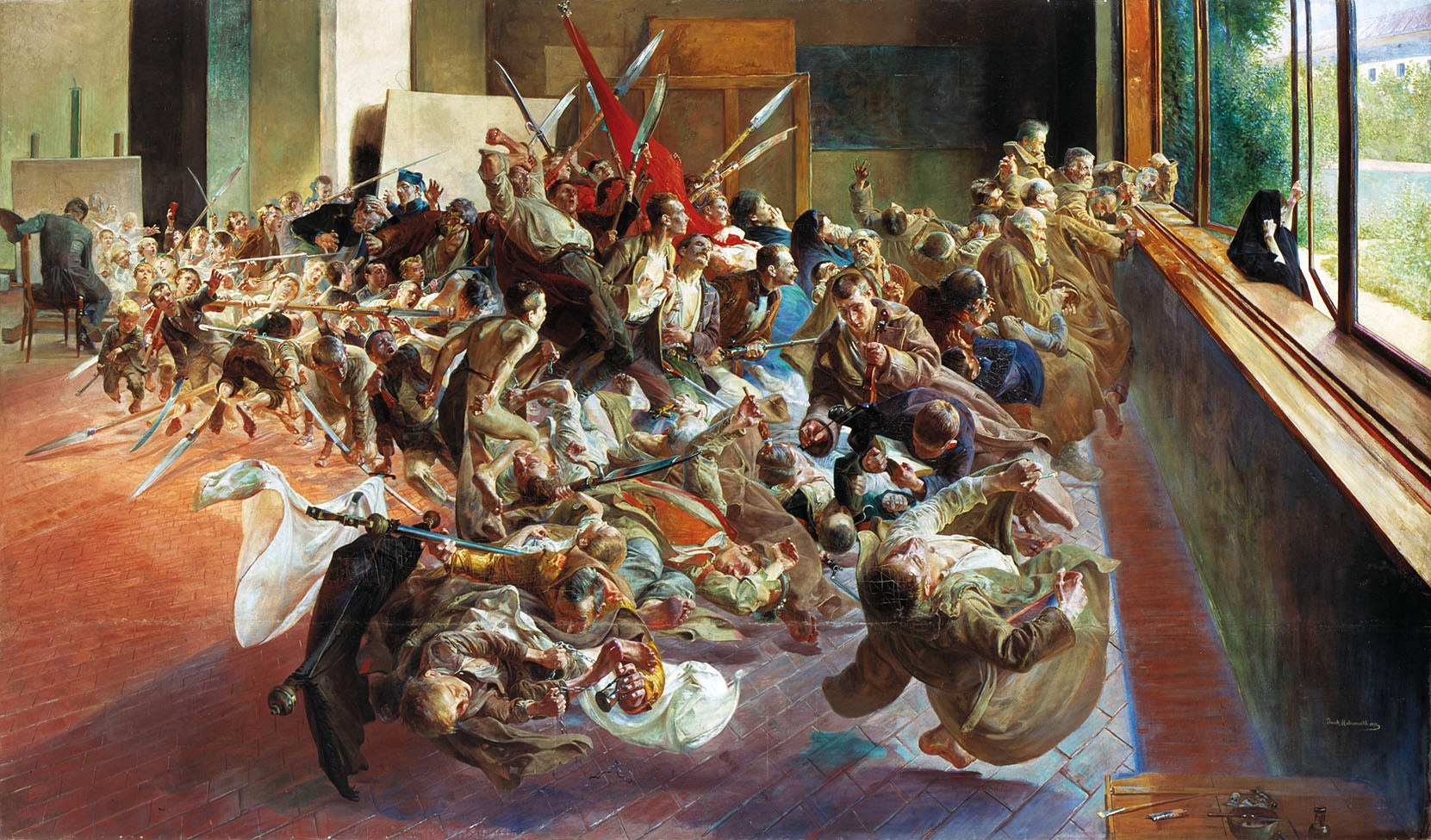 I'm not mad at you, I'm mad at the dirt. | |
- E-mail - orgNote -  Report post to moderator Report post to moderator |
I'm not mad at you, I'm mad at the dirt. | |
- E-mail - orgNote -  Report post to moderator Report post to moderator |
Jacek Malczewski
"Painter's inspiration" (1897)  I'm not mad at you, I'm mad at the dirt. | |
- E-mail - orgNote -  Report post to moderator Report post to moderator |
rushing07 said: Wojciech Weiss
"Melancholik (Totenmesse)" (1894)  Hehehe. This is the one I like. The others... | |
- E-mail - orgNote -  Report post to moderator Report post to moderator |
HamsterHuey said: evenstar3 said: yes, but now i have a crush on you as something other than a gorgeous unattainable gay man.
Don't tell anyone, but I can talk about other stuff that sex, underwear and hot men. I mean, I don't like to, but I can. One of my fave pics, that is not in there;  OMG I REALLLLLY like this! | |
- E-mail - orgNote -  Report post to moderator Report post to moderator |

This is the right wing of a diptych, originally located in Melun. The left wing showing Étienne Chevalier and St Peter the Martyr is in the Staatliche Museen in Berlin. On the right-hand shutter of what was once a diptych is a slender female figure standing, with one breast bare. She has the bulging shaved forehead fashionable at the period. Her face and skin as well as the body of the Infant Jesus are a pale grey-white, as if painted in grisaille; the grey-blue of her robe makes for an impression of fatigue and languor. The throne, sumptuously adorned with marble panels, pearls, precious stones and great gold tassels, is surrounded by cherubs painted in vivid red and blue; their figures, recalling two-dimensional decorations, completely fill the rest of the panel. There is a tradition that Agnés Sorel, this famous beauty of the period, was the model for this Madonna, and the extraordinarily fashionable and somewhat frivolous appearance of the figure, unbefitting the Queen of Heaven, gives some ground for believing it not too far from the truth. In The Waning of the Middle Ages Huizinga described this painting as a most appalling example of a dangerous blend of amorous and religious feelings. "There is a flavour of blasphemous boldness about the whole," he wrote. | |
- E-mail - orgNote -  Report post to moderator Report post to moderator |
shanti0608 said: HamsterHuey said: Don't tell anyone, but I can talk about other stuff that sex, underwear and hot men. I mean, I don't like to, but I can. One of my fave pics, that is not in there; [img]Hammershøi was here[/img] OMG I REALLLLLY like this! Google more of his work; it is really intrigueing. | |
- E-mail - orgNote -  Report post to moderator Report post to moderator |
HamsterHuey said: shanti0608 said: OMG I REALLLLLY like this! Google more of his work; it is really intrigueing. My mom is an artist and she did one of an old woman sitting by a window. The way that they capture the light coming through just takes my breath away. Wow- will do! [Edited 9/2/07 4:42am] | |
- E-mail - orgNote -  Report post to moderator Report post to moderator |
 | |
- E-mail - orgNote -  Report post to moderator Report post to moderator |
 | |
- E-mail - orgNote -  Report post to moderator Report post to moderator |
 | |
- E-mail - orgNote -  Report post to moderator Report post to moderator |
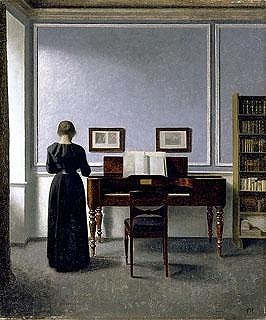 | |
- E-mail - orgNote -  Report post to moderator Report post to moderator |
 New topic
New topic Printable
Printable